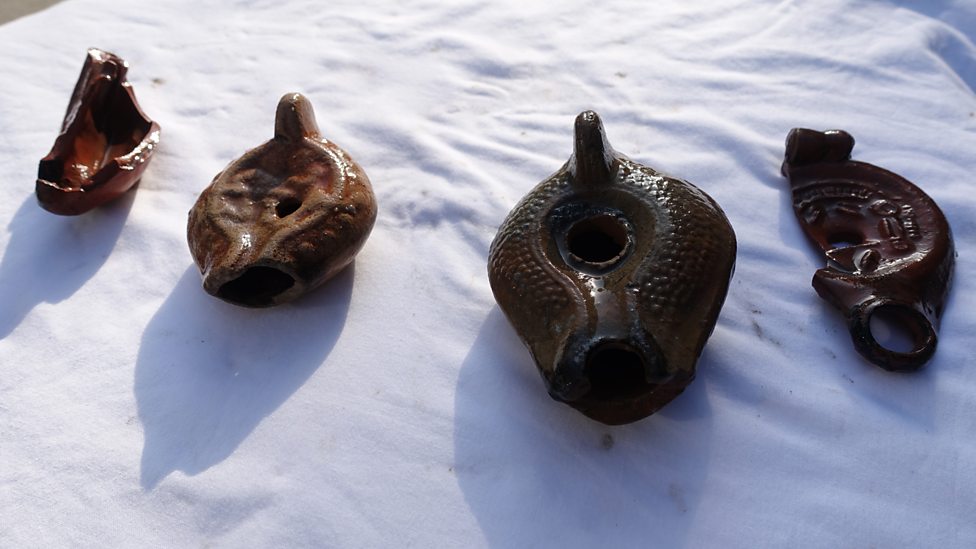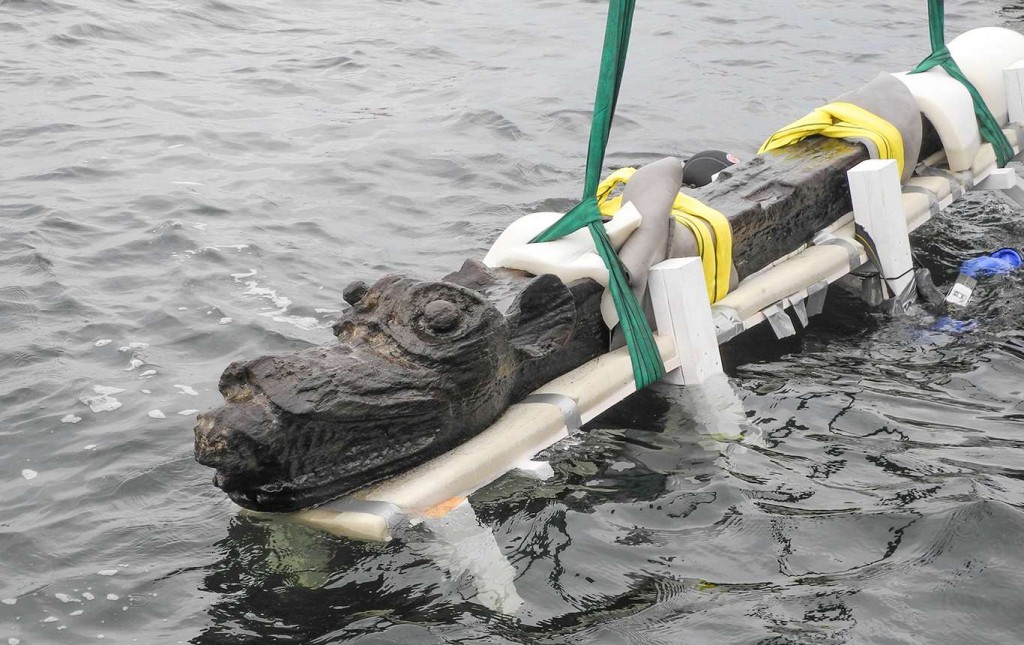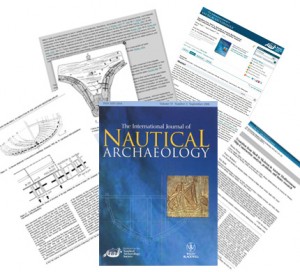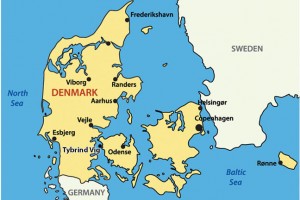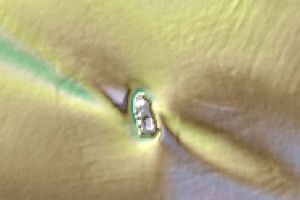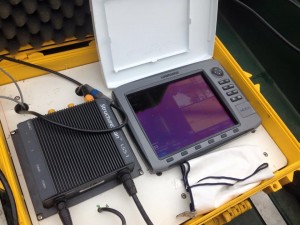Thanks to Rodrigo, one of our new facilitators, for sharing this short video from last weekend's dive on Royal Navy's first HMS Invincible. The ship sank on Horse Tail Sand in the Eastern Solent in 1758.
The bow of the site has been scoured out, revealing the gun deck and various artefacts.
For more information about the site, please visit: http://www.maritimearchaeologytrust.
Continue reading →
